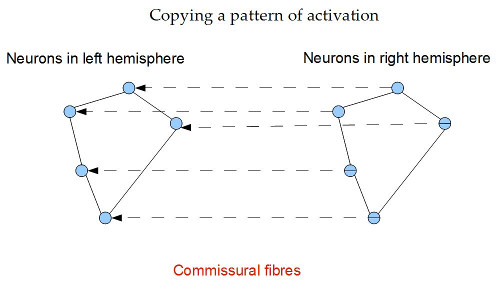
The first of my books, Psychology on the Couch was in the same vein as two articles in journals (Journal of Environmental Management 24 and Psychological Record 38). All critiqued the research program, dominant since Wilhelm Wundt in 1879 gained space at the University of Leipzig for conducting experiments, of establishing psychology as a science. My view was that this program served only to make brain and behaviour the exclusive foci of psychology departments that ought to be teaching more about psychology (the mind). Besides so much of the scientific image projected by psychology has been no more than cosmetic. Fortunately both problems are now much less bad than they were.
The field of laterality research has already seen interest rise in the early part of the twentieth century, fall off, and then since the second World War rise again more steeply (International Journal of Clinical Neuropsychology 9). My own theoretical work has centred upon the explanation of the auditory laterality effects discovered with the invention of the stereophonic tape recorder, (see cognitive modelling), but I have also had a more general idea.
This is that the two cerebral hemispheres (left and right) can be seen as a copying system by way of the commissures. It is known that many of these commissural fibres connect homologous neurons (that is, ones at corresponding locations in the two hemispheres). What can be done with this?:- perhaps the system is a physical basis for abstracting concepts from structural similarity (Psychological Reports 63, Psychology 25). This idea runs rather counter to the current emphasis on localization and modularity, belonging more to the idea enduring through the past of neuropsychology that the brain can and should be seen as an integrated whole.
